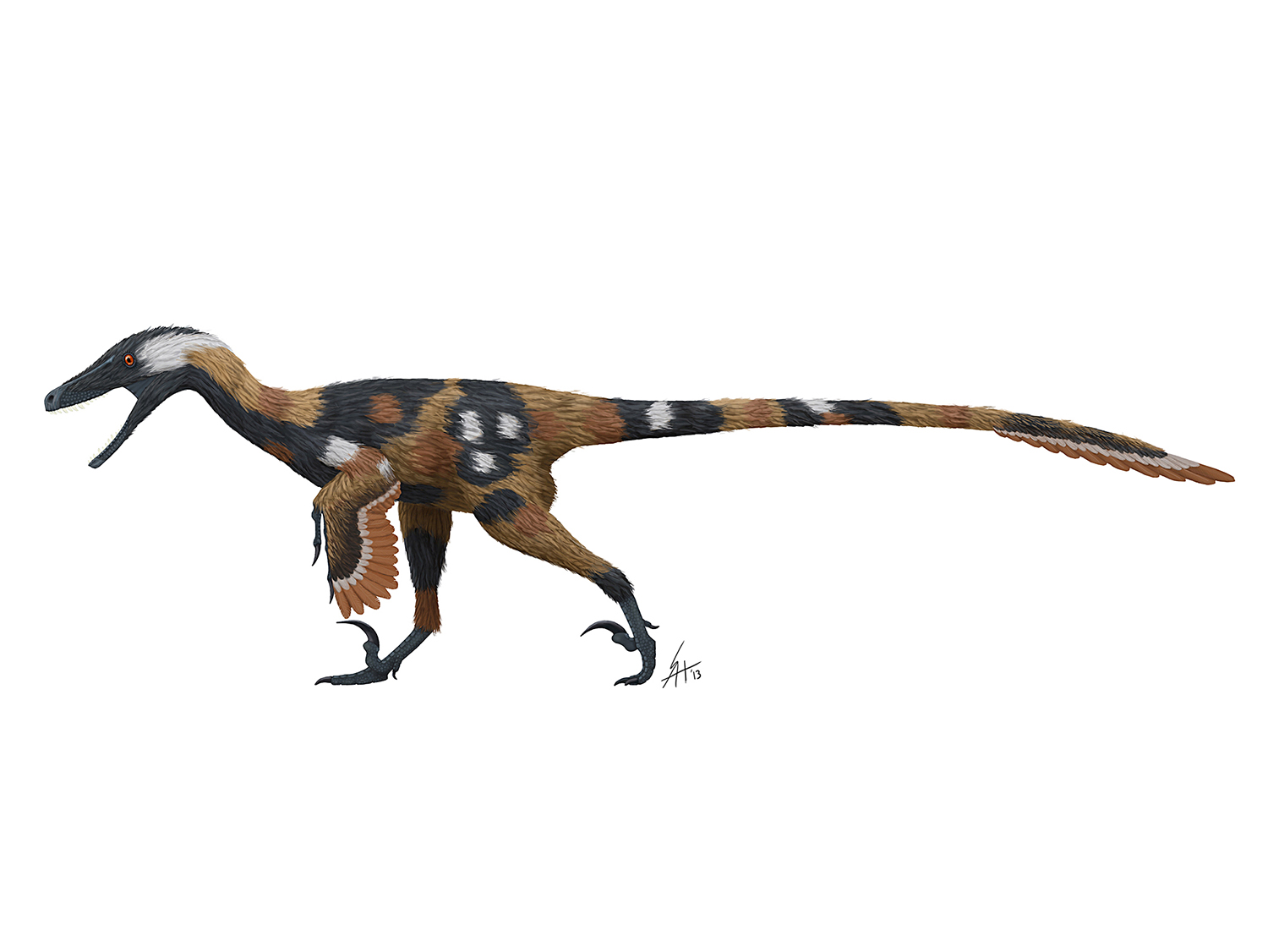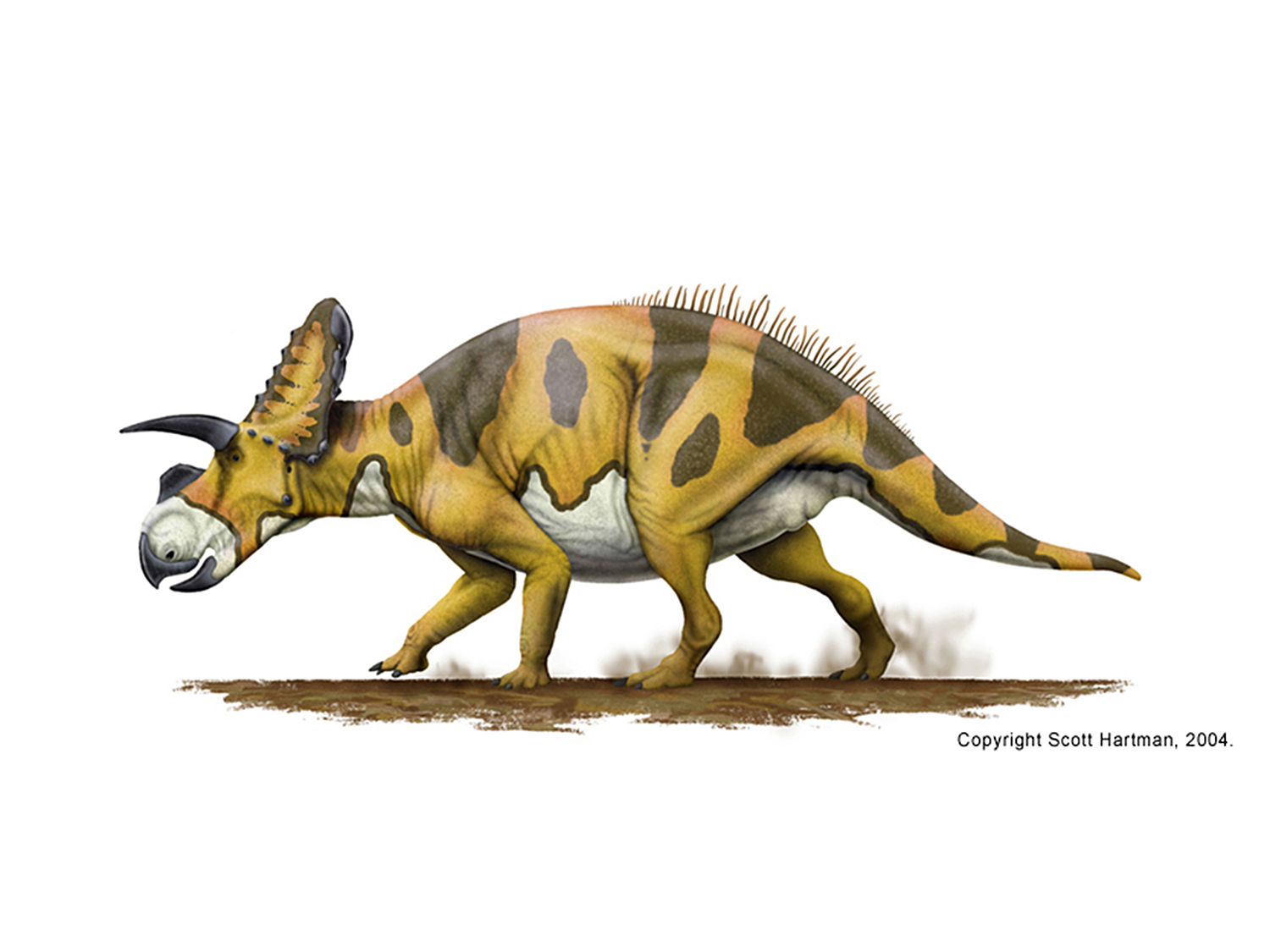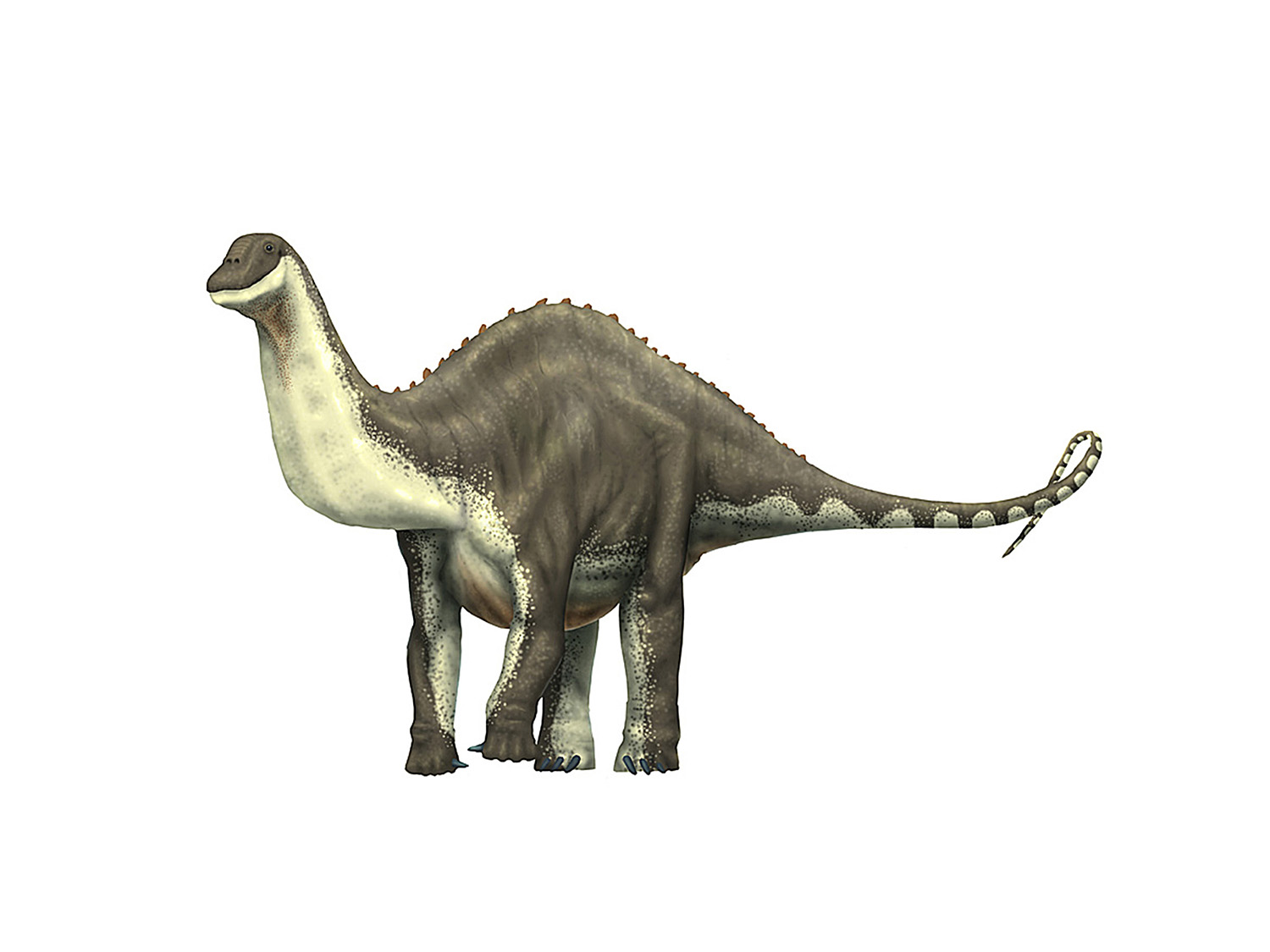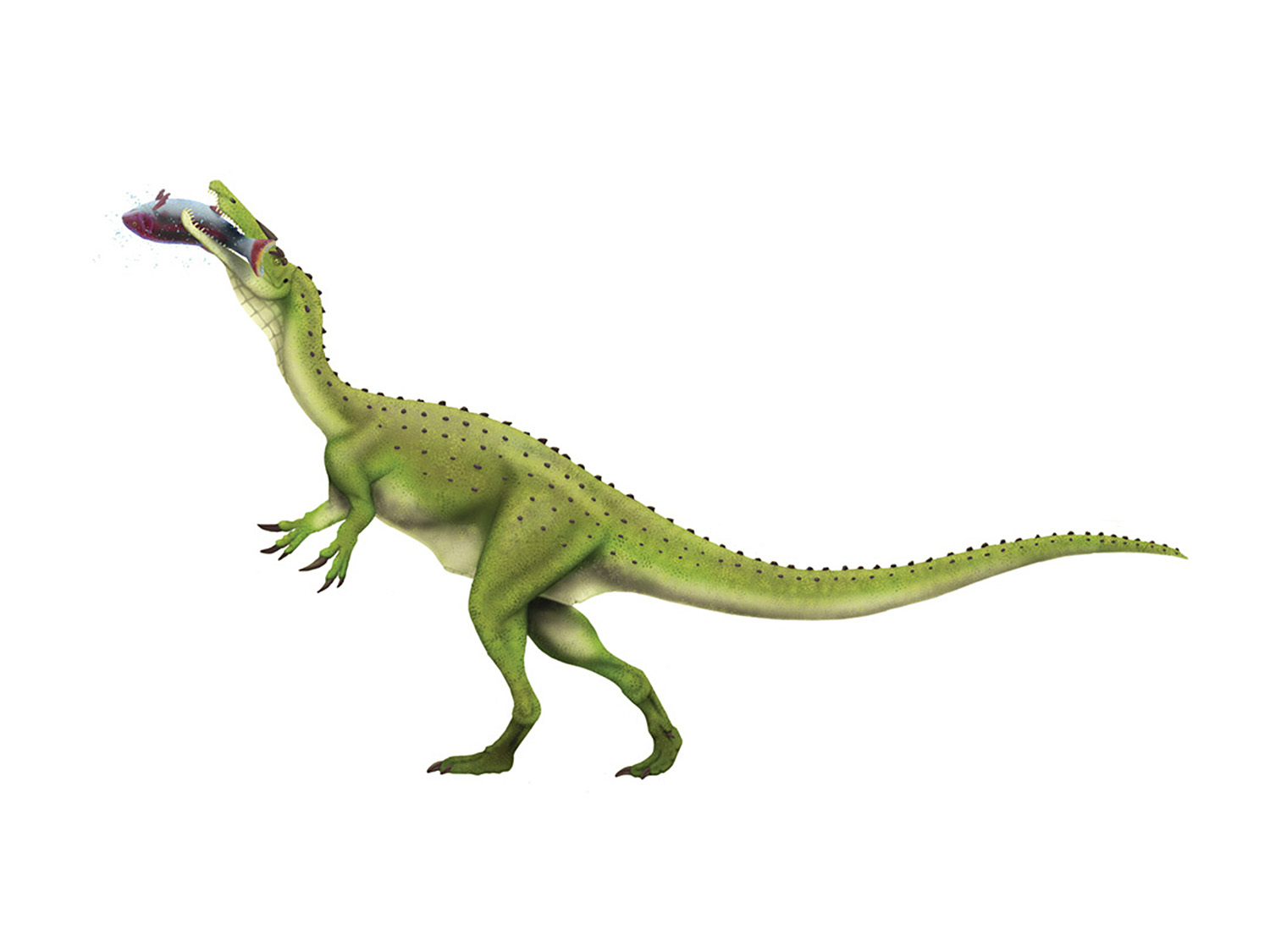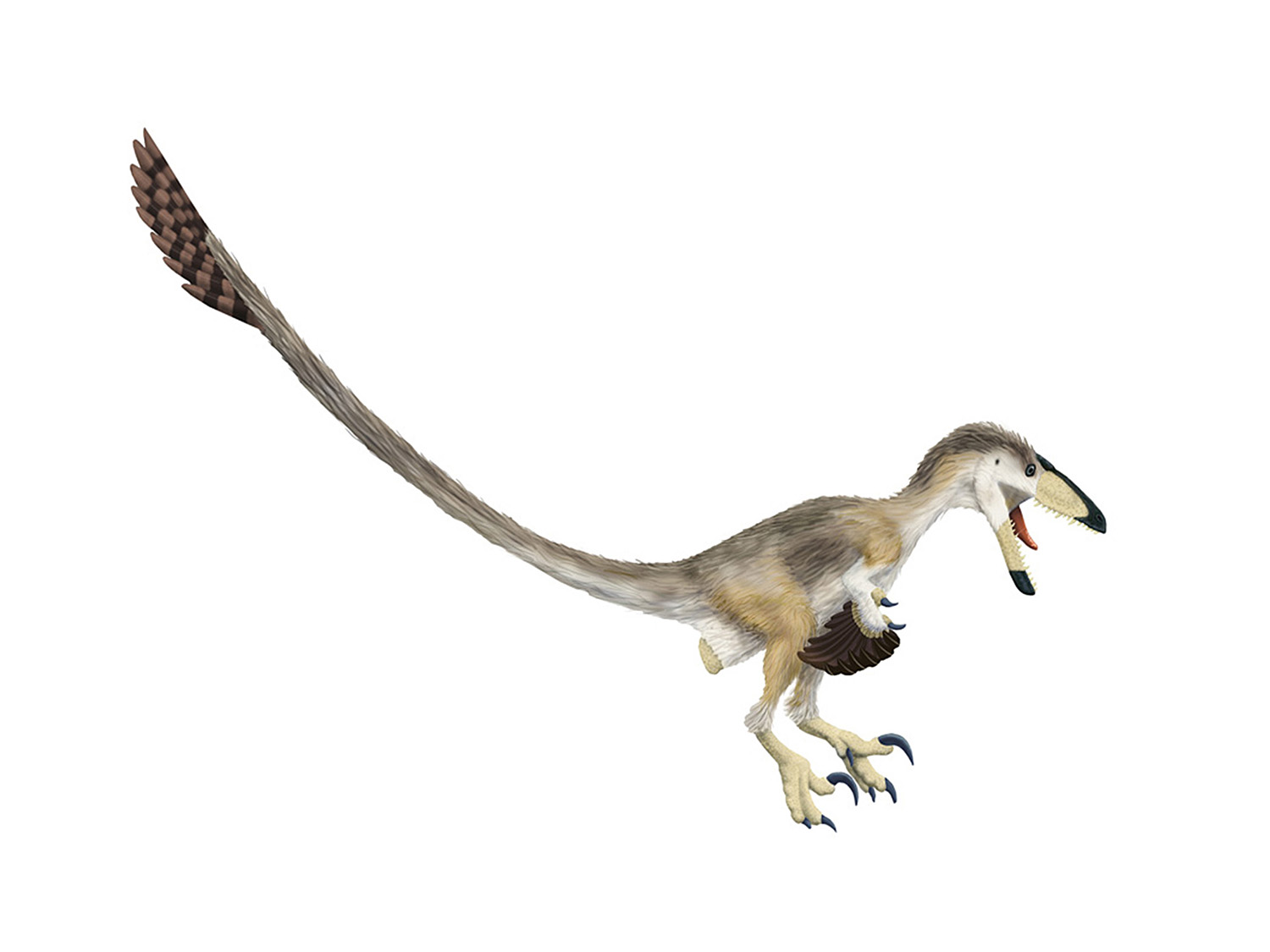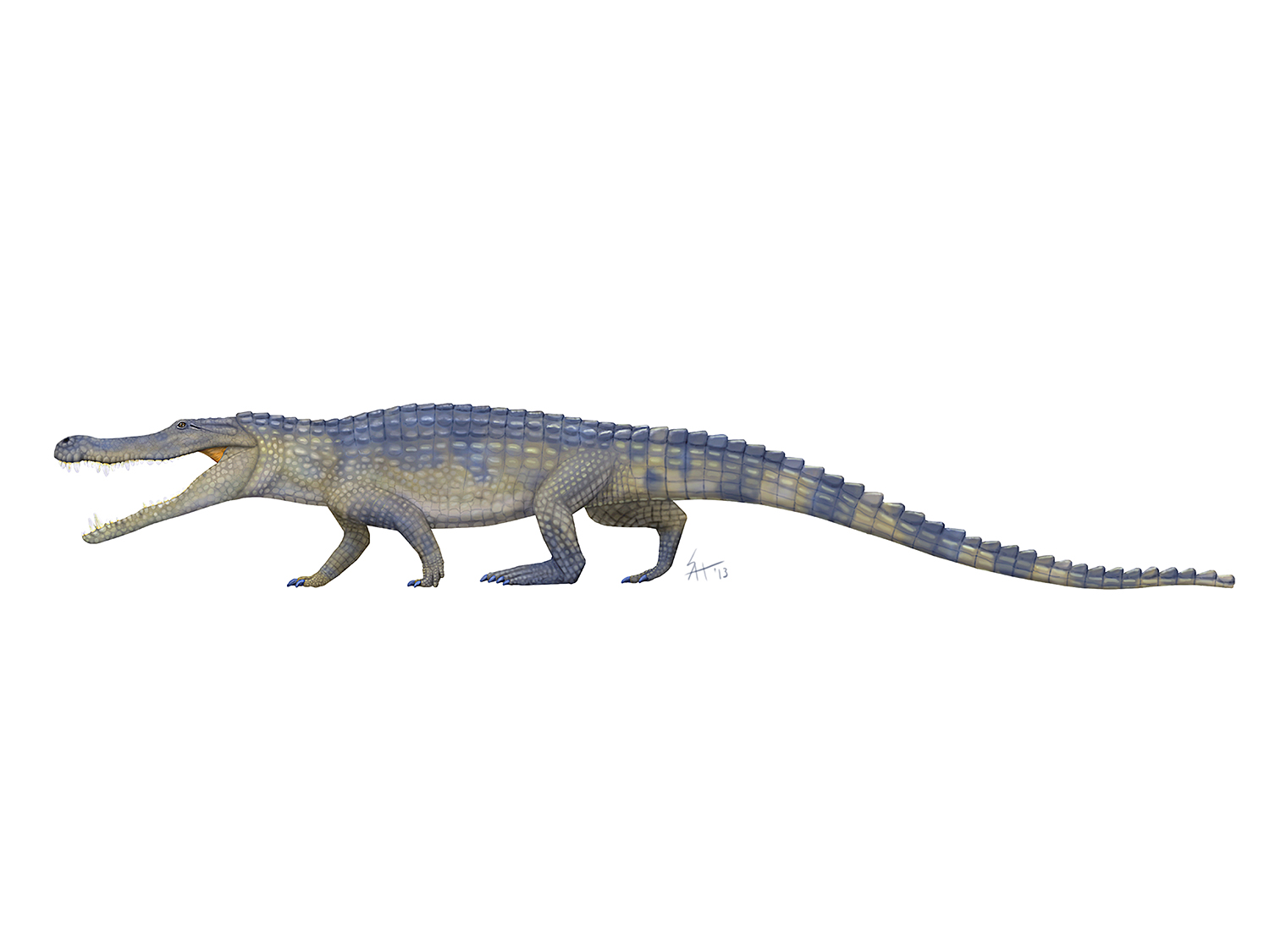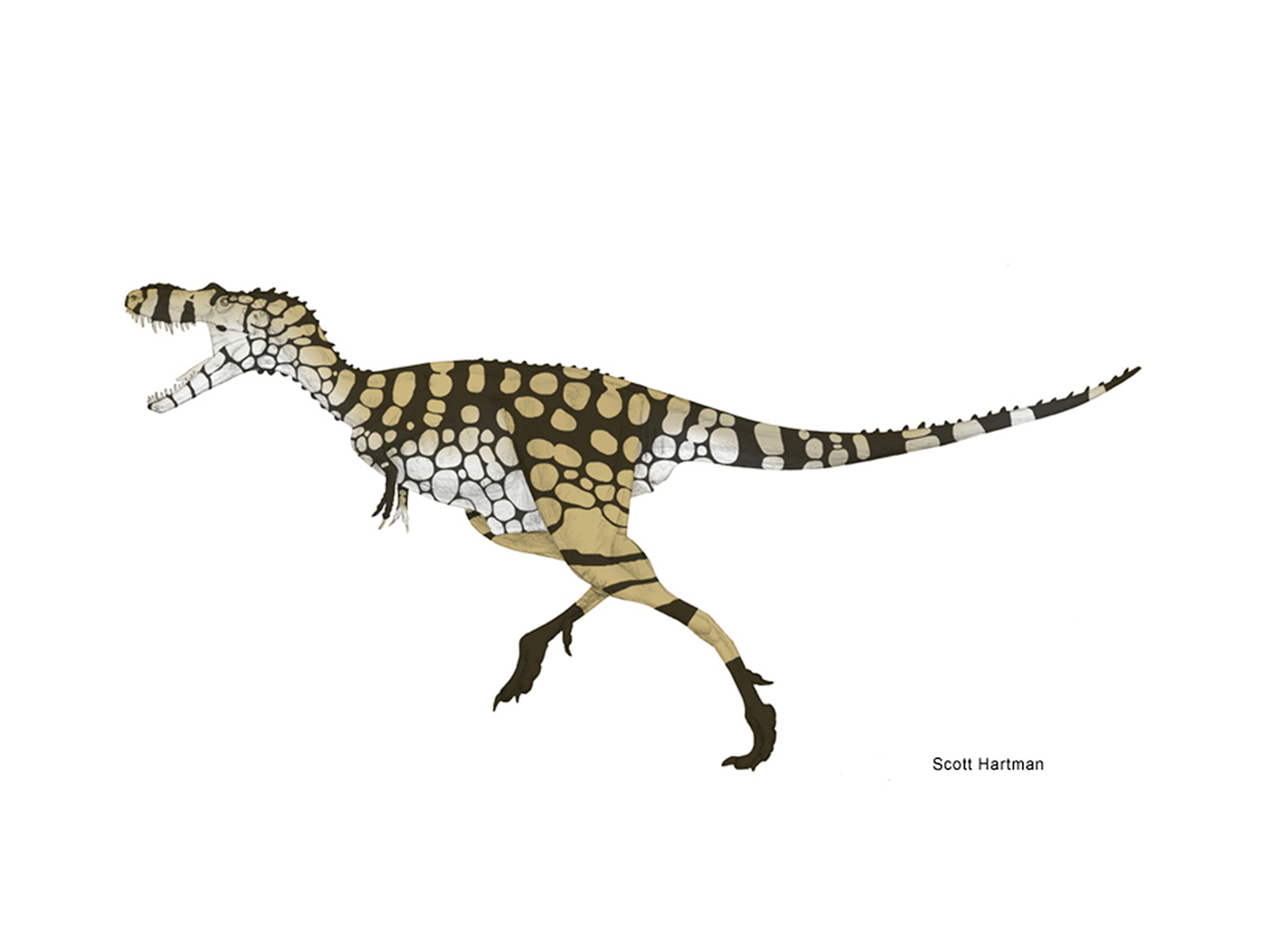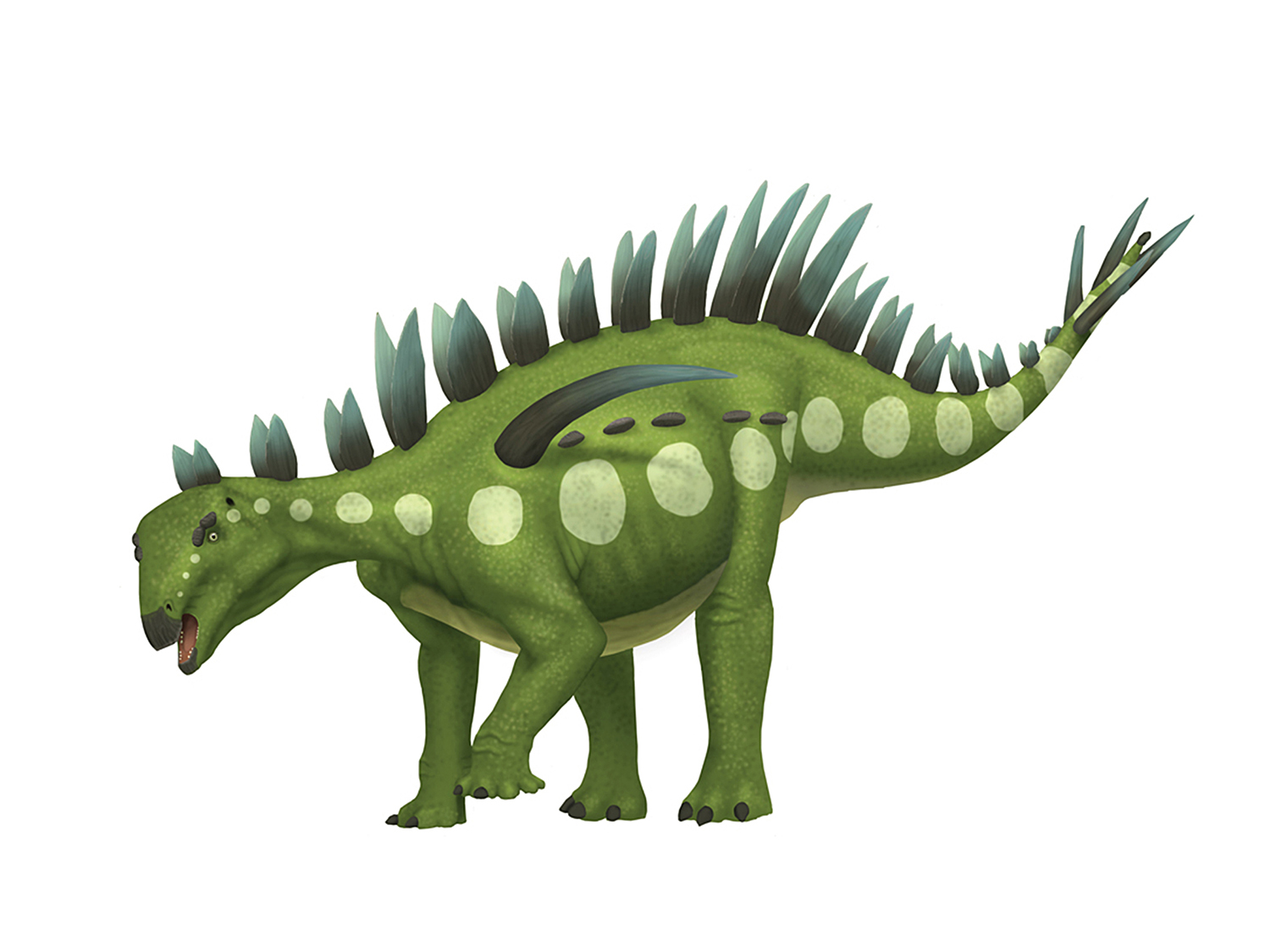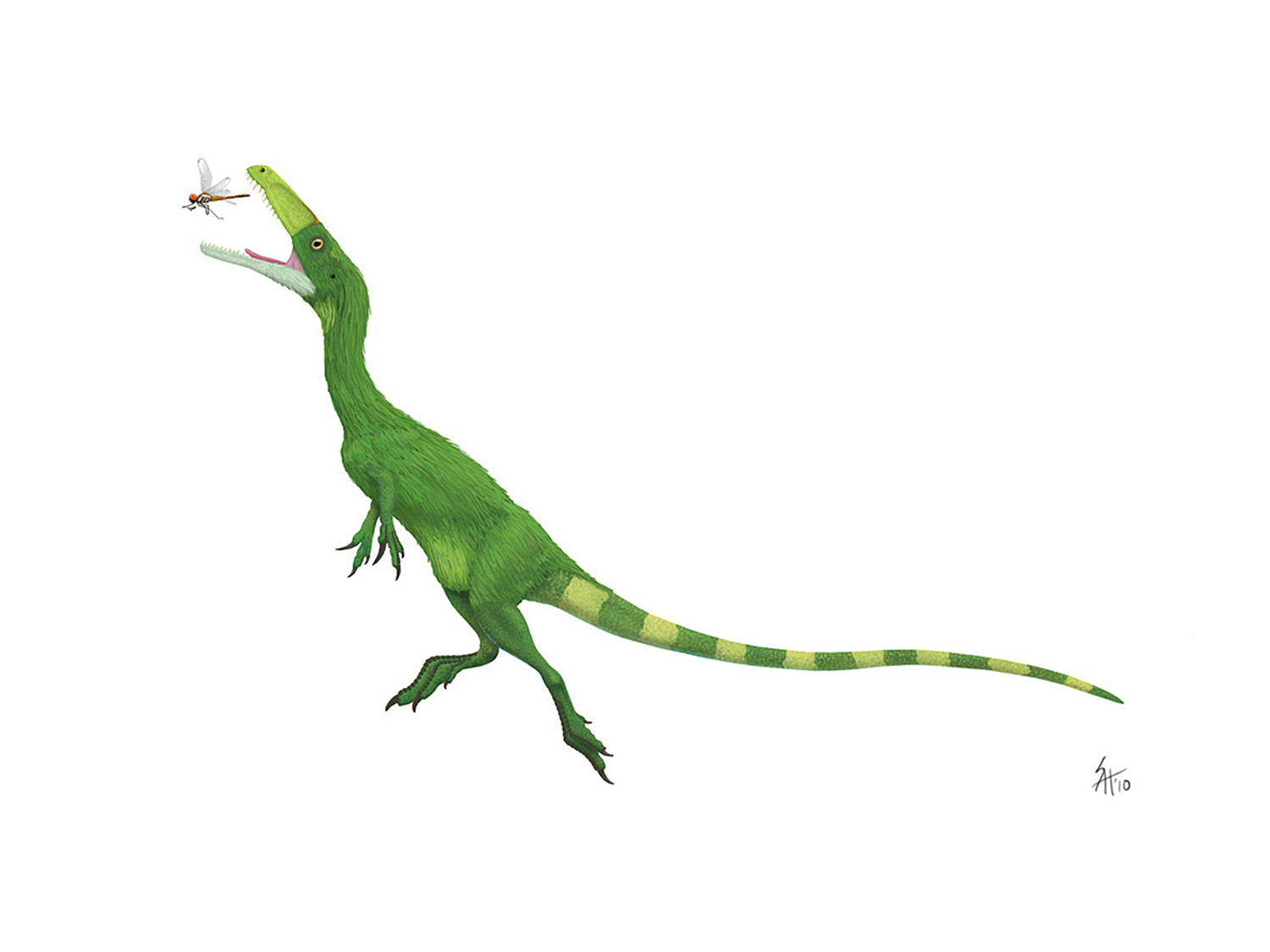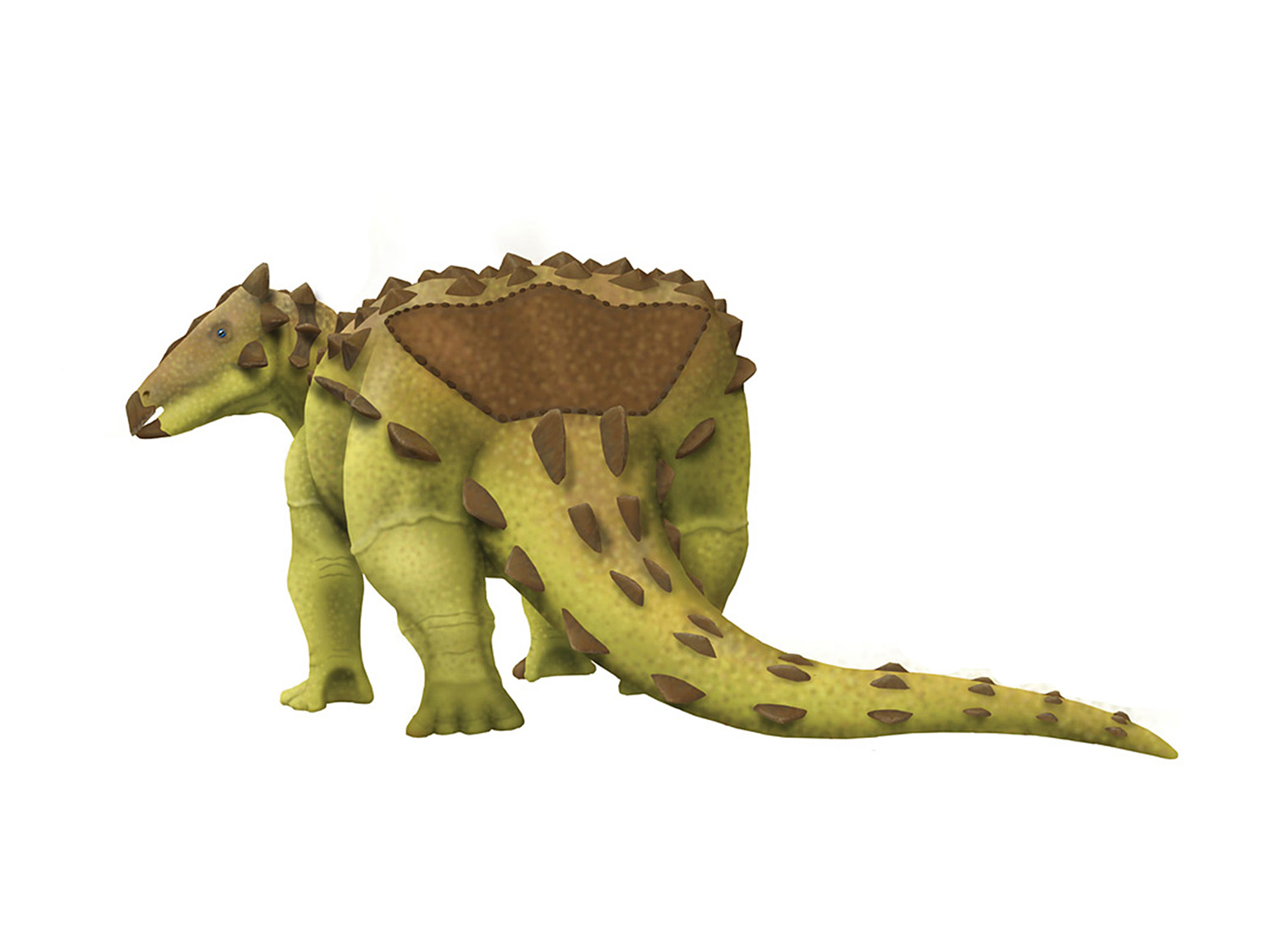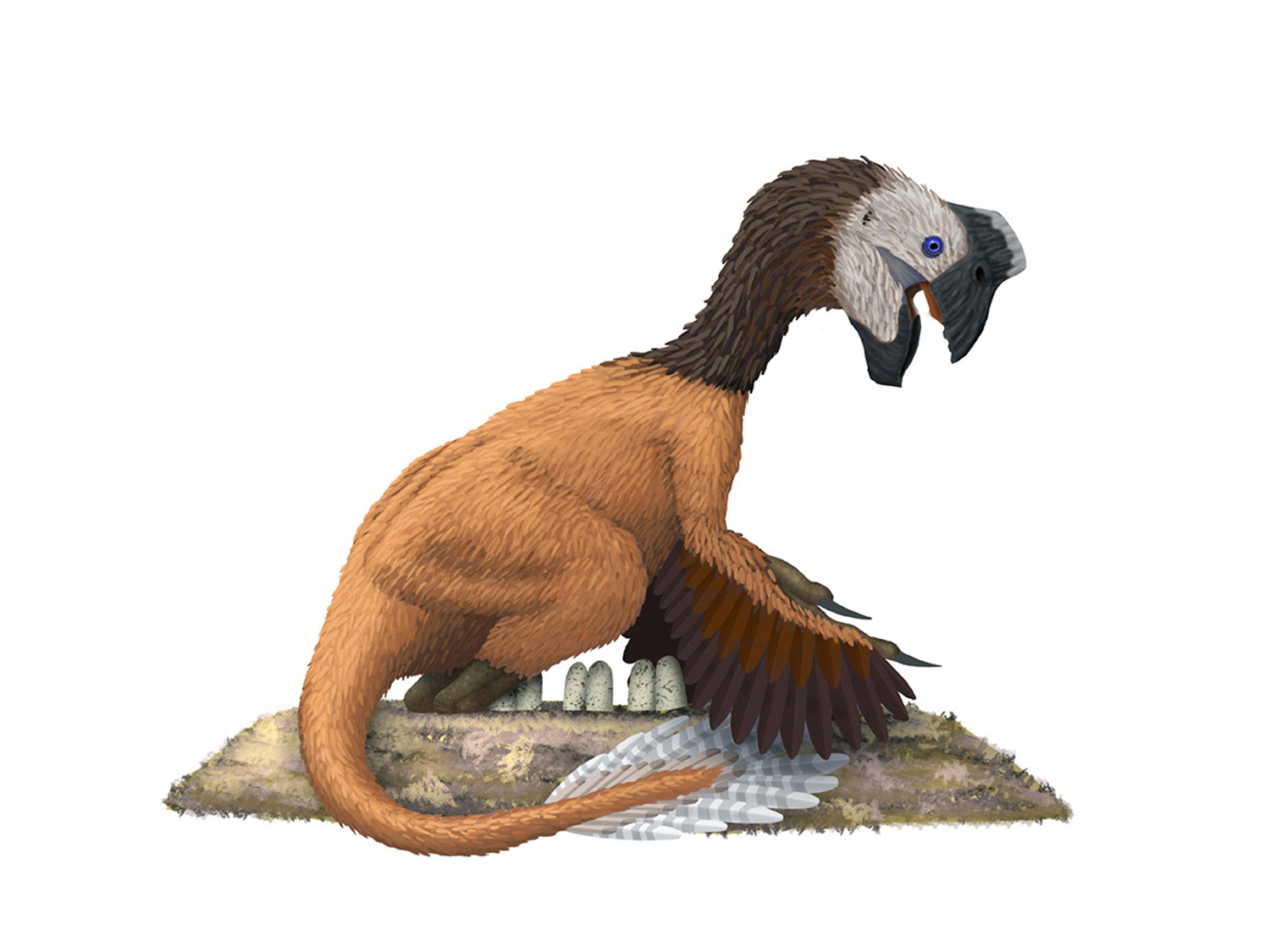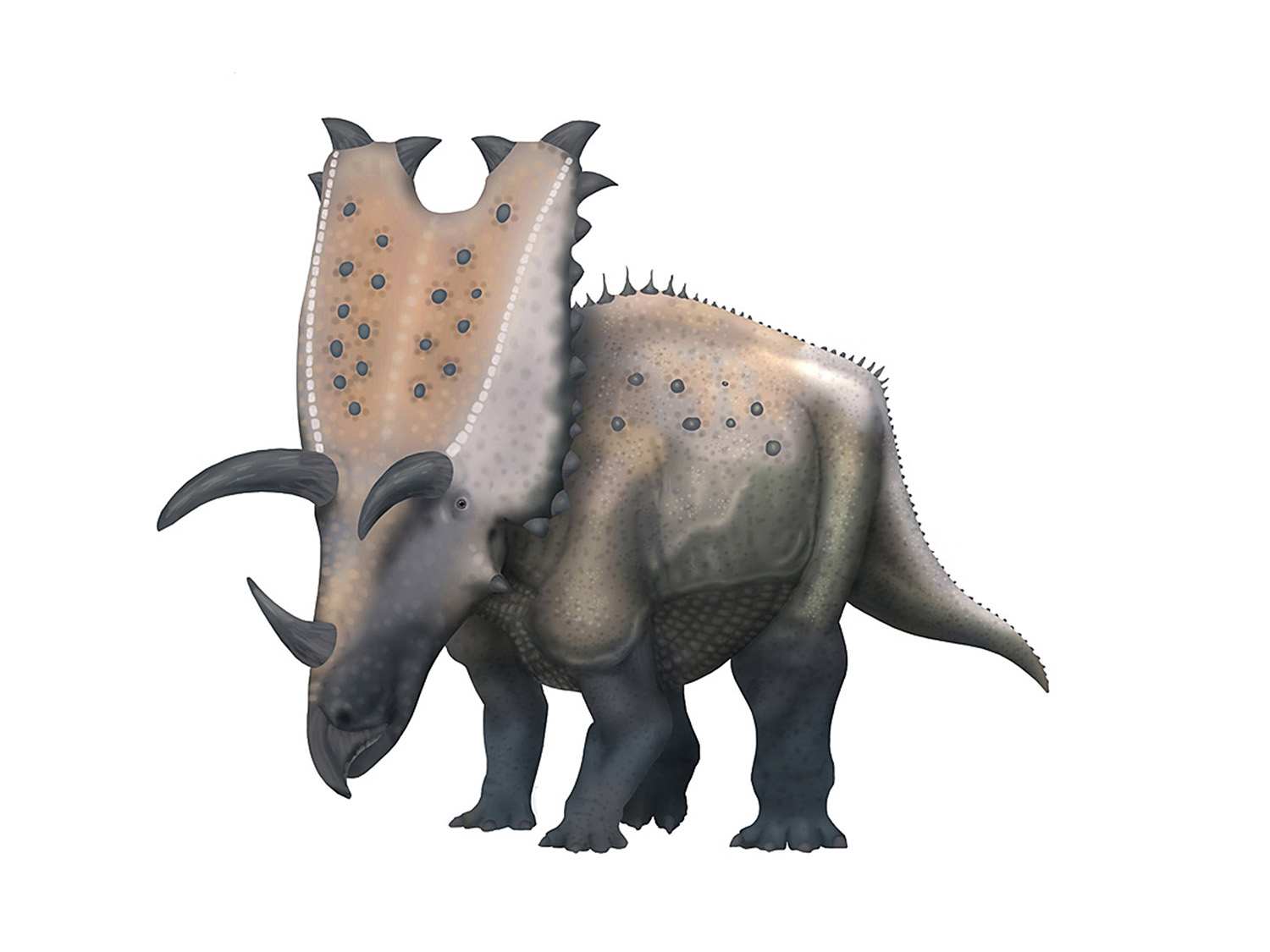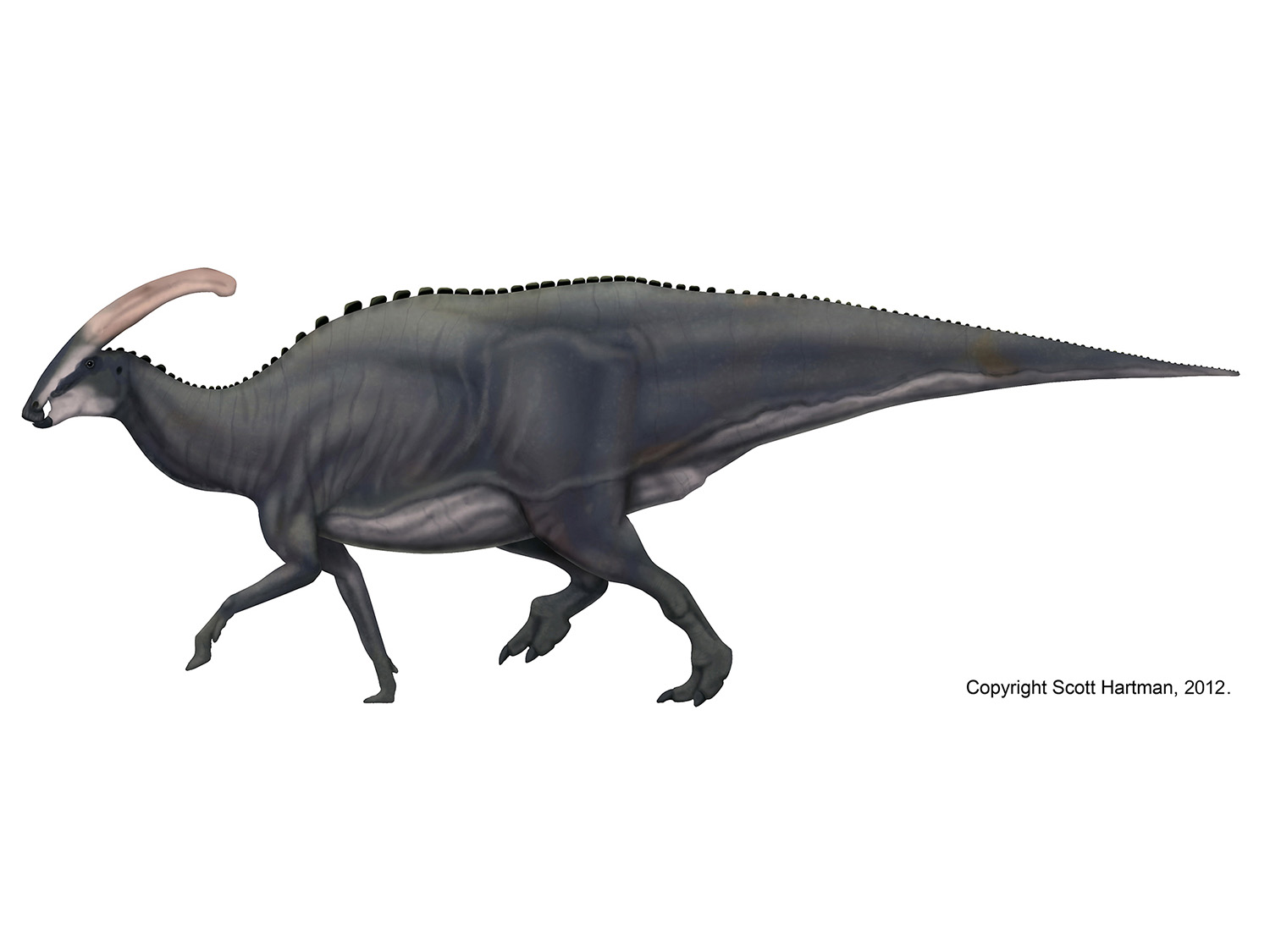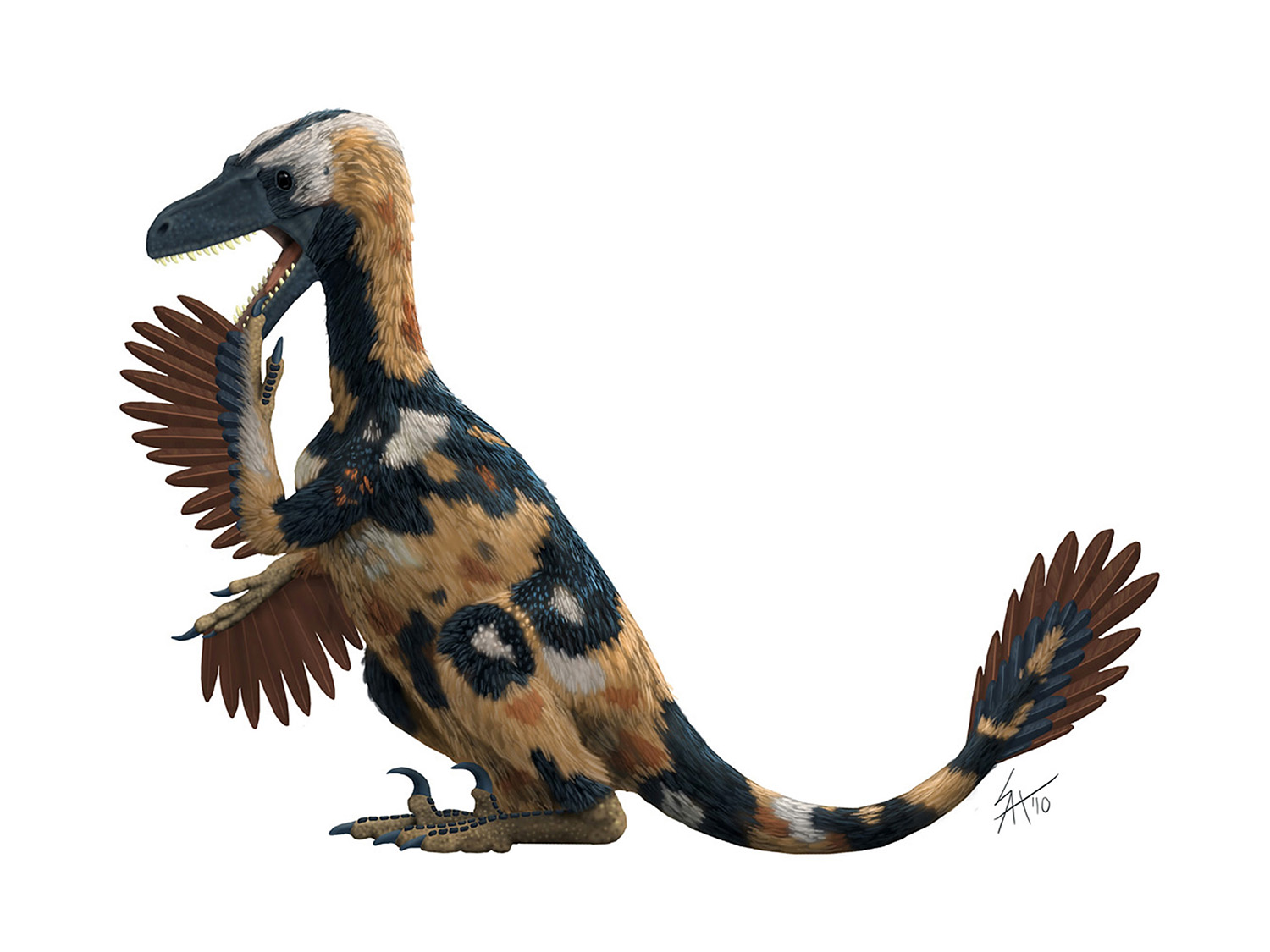John Conway's Note from Pterosaur-land: End the Lateral Tyranny!
/Today we have the first of two guest posts that look at skeletal reconstructions from a more pterosaur-centric point of view. I feel these posts (and there will be some more guest posts on other subjects in the not-too-distant-future) are really important. First, it helps break the stranglehold that dinosaurs have had on the subject matter thus far on SD Blog. And second it diversifies the voices heard on the issues that impact the science behind reconstructing extinct animals. And finally, they mean I can get by while doing less work.
First up is a message from John Conway, pterosaur skeletal drawing-er extraordinaire (all images belong to John), who also contributes to Pterosaur.net:
A Note from Pterosaur-land: End the Lateral Tyranny!
When I first started to draw skeletals, I still very much wanted to be Greg Paul when I grew up. But even so, I was not entirely happy with the sprinting pose he uses, I felt then, as I still do, that it’s too extreme, too hypothesis-laden, and unsuitable for many animals.
I tried walking poses and static poses, but never really settled on a standard. But its wasn’t until I started my first serious skeletals of pterosaurs that I really gave the matter of posing serious consideration. I gave it serious consideration because I had to: the running launch pose that Greg Paul was using is biologically inaccurate, and most walking poses for pterosaurs seriously obscure their anatomy.
Greg Paul notes that he ignores the slight foreshortening that would be apparent because of the bow in dinosaur legs. And that’s fine for dinosaurs, because the effect is tiny. Not so for pterosaurs, as their semi-erect stance would foreshorten the humerus (possibly) and the femur significantly, meaning lateral-view skeletals give misleading information about pterosaur proportions. I was still interested in a standards pose for all the animals I was interested in, but I just couldn’t think of one. So I gave up, and just went with something that would best elucidate pterosaur anatomy: a three-view skeletal with the limbs arranged in the only biologically plausible, non-foreshortened way I could think of.
As time goes by, I’ve come thing think I made a good decision. Every single time a sit down to do a skeletal, I find that the doing three or more views requires me to correct errors that I would have missed if I were just doing lateral or dorsal views. It works for just about any vertebrate (be it a sprawler, a strider, a hopper, or what ever)
However, I will admit that these skeletals aren’t exactly the most space efficient things in the world, and they may be a little dry for some contexts. However:
Gentlemen, We Can Repose Him, We Have the Technology!
Most people these days are using vector drawing programs like Illustrator to create skeletals (and if they aren’t, they should be). It is trivially easy to move these skeletals into just about any pose we like.
When I’m making a skeletal, usually it’s for my own reference, as a base for a life-reconstruction. For this purpose, multiple views are critical, posing much less so. Posing may be more important when we are trying to make a biomechanical point, or in popular works were we are trying to get across more information about the biology of the animal. Different contexts lend themselves to different poses, and perhaps we should be working with that, not against it.
So to end, I think it very doubtful that we will be able to come up with a standard pose that works for all vertebrates—and nor, perhaps, should we. Perhaps it is good enough to aim for clearly and accurately elucidating anatomy, posing depending on context.
-






